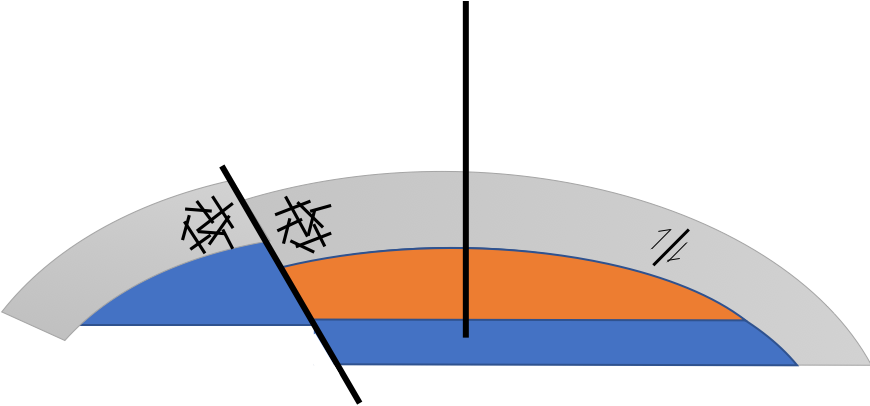PROTECT

Since April 2014, the PROTECT team has sought to better understand the ability of the caprock to safely and effectively contain CO2 in large, industrial-scale storage projects. The project will study typical storage environments in the North Sea that have large storage capacity for injected CO2. The project addresses concerns that injection rates of tens of millions tons per year can overpressurize the storage complex, inducing damaging stress on the caprock and causing unwanted leakage.
The PROTECT project emphasizes the integration of data acquisition, laboratory experiments and computational studies to advance new knowledge in our understanding of caprock integrity.
Please visit the project website for more information.